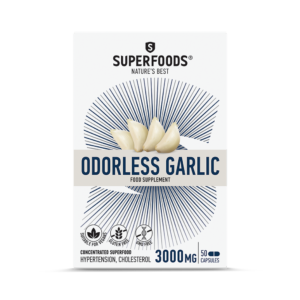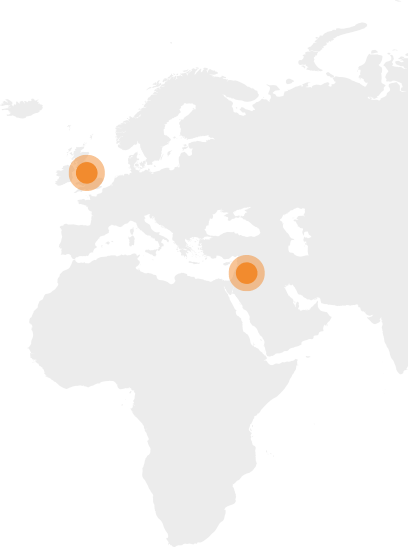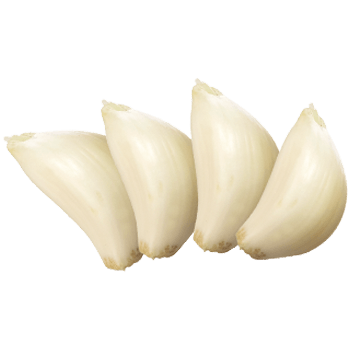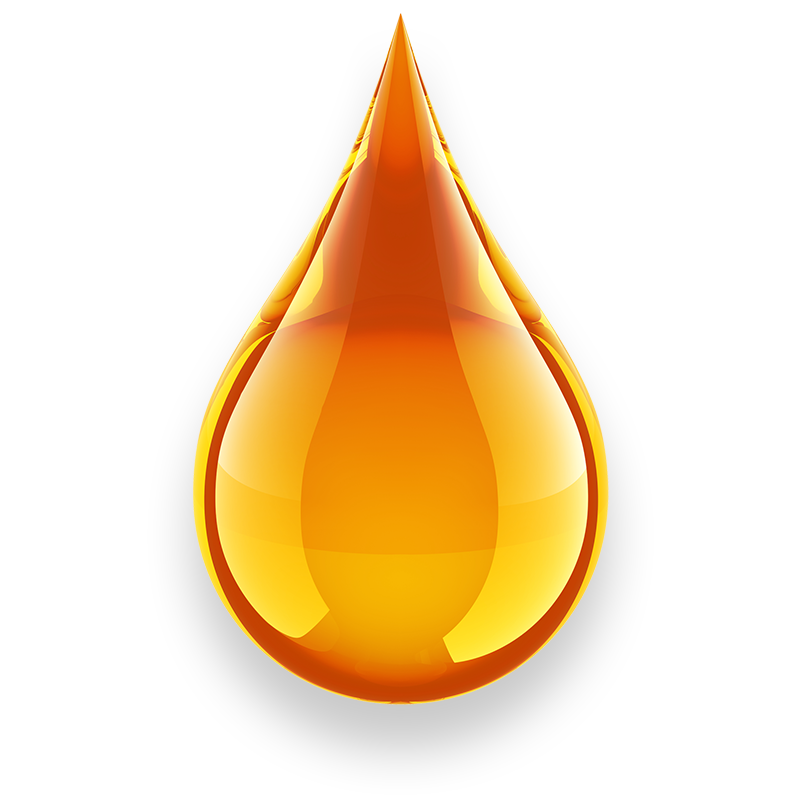
Odorless Garlic
With the beneficial effects of garlic on high blood pressure and high blood cholesterol

Active substance: Alisine
Geographical Spread
Garlic is a native plant in Central Asia and northeast in the Iranian region. It has now been acclimated and cultivated widely in southern Europe, but also around the world. The term Garlic usually refers to the plant bulb. In addition to its use in cooking, it has a unique place in traditional medicine.

Historical Features
A lot of research has been carried out around Garlic, and especially around its numerous effects on the cardiovascular system in addition to atherosclerosis and the reduction of serum lipids (commonly high cholesterol). It is used as a dietary supplement as well as a remedy to mild hypertension.
Pharmaceutical Use
With a history of thousands of years, it is found in texts of both Theophrastus and Dioscourides. As a health remedy, it has been used in many parts of the world, from Native Americans to Japanese. Its characteristic smell is an insect repellent that can damage the plant.

Phytochemical Composition
According to the US National Institutes of Health, populations that consume Garlic may be less likely to develop cancers (eg, stomach, colon) based on studies. The properties of garlic are correlated with the sulfur compounds it contains. The aluminium sulphide compound produces alisine when the garlic is sliced or crushed. Besides its antioxidant activity, the major biological effect of alisine is the rapid reaction with thiol-containing proteins.

With the beneficial effects of garlic on high blood pressure and high blood cholesterol